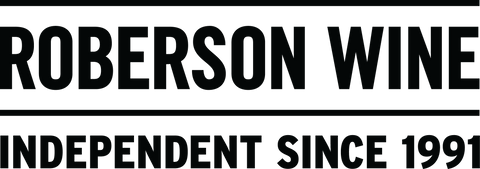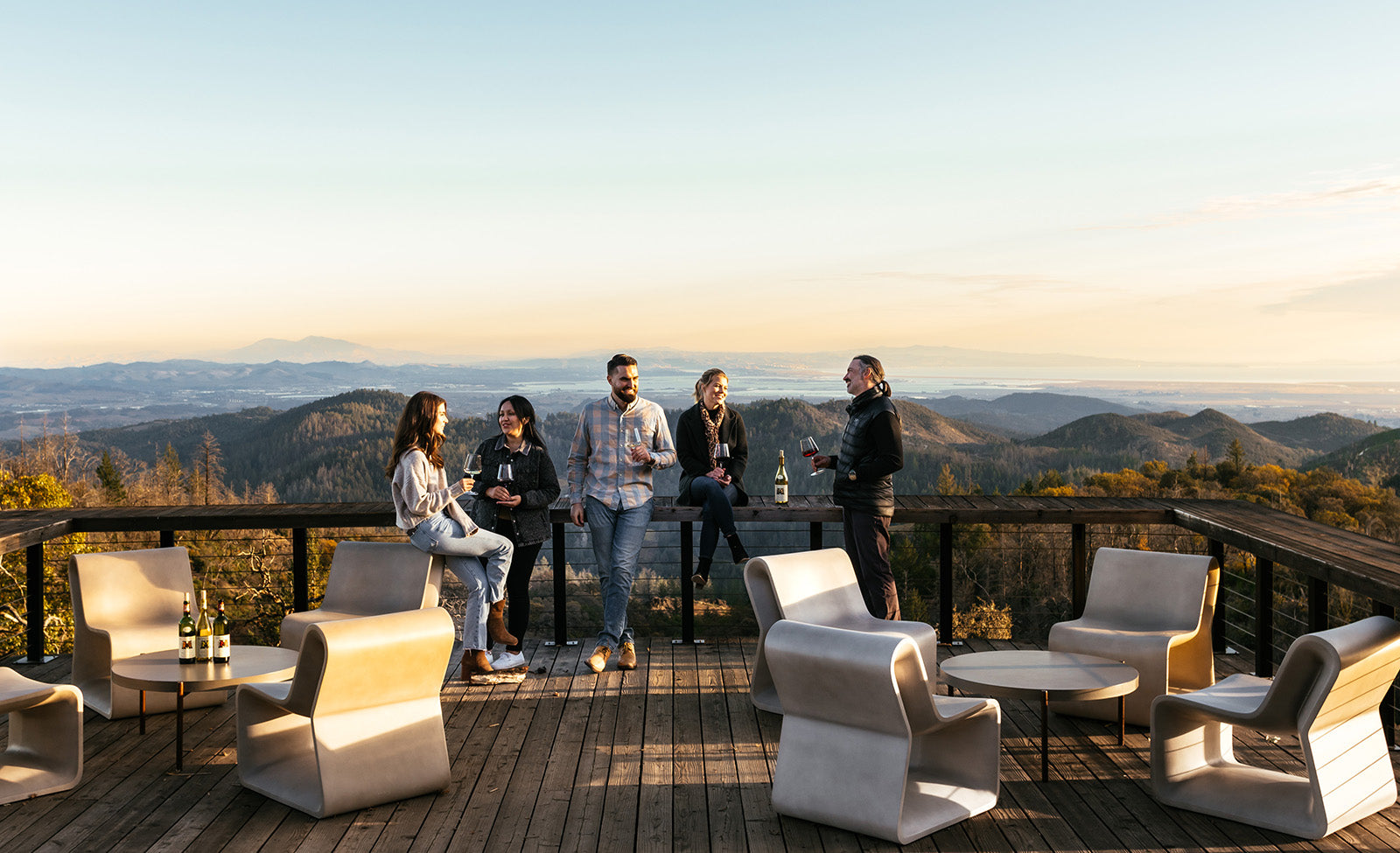Perched atop the scenic Mount Veeder, Mayacamas Vineyards is an iconic symbol of the Napa Valley's rich and storied history. For over 130 years, this iconic winery has been crafting some of California's most sought-after wines, sticking firmly to time-honoured traditions. As the proud distributors of Mayacamas in the UK, we reckon we'd give even the most seasoned Mayacamas aficionados a run for their money in a pub quiz. Here are ten interesting facts we think you should about the renowned Napa estate.
1. SET IN STONE
Founded in 1889 by German immigrant John Henry Fisher, the Mayacamas winery was built with stones collected from the mountain-top estate. A far cry from the ultra-sleek, modern wineries which dot the Valley today, the stone façade of Mayacamas invokes an age long since past.

2. FROM FISHER TO FELINES
Though initially known as Fisher and Sons, the winery was renamed Mayacamas in 1941 following its purchase by icons Jack and Mary Taylor. The name - eponymous with the mountain range in which it sites - is derived from the indigenous Wappo language, translates to “the howl of the mountain lion.” This tribute is echoed by the twin lions nestled within their logo.

3. SECRETS OF PROHIBITION
Whispered tales tell of the winery's discreet operations during the Prohibition era. Alongside its legally sanctioned production of sacramental wines, tradition has long held that Mayacamas’s remote cellars reputedly produced both bootleg wine and grappa.

4. RISING TO THE OCCASION
Most wine lovers will be familiar with the famed 1976 Judgement of Paris. Immortalized in the film 'Bottleshock,' the blind tasting of California and French wines resulted in stunning victories for California, propelling the region to wine superstardom. It was at this tasting that the 1971 Mayacamas Cabernet Sauvignon showcased its prowess on a world stage. Its impressive showing in subsequent tastings revealed its ageing potential and prowess, outshining renowned French wines from Bordeaux's finest Chateaux.

5. ALTITUDE'S ADVANTAGE
Mayacamas' vineyards sprawl across some of the most challenging yet rewarding Napa's hill-top terrains. This elevated location gifts the estate with a unique terroir characterised by the volcanic soils of Mount Veeder, a by-product of ancient eruptions, intermixed with patches of fossilised seabed.

6. DEFYING THE NORM
Eschewing the popular trend of opulent, oak-driven Cabernets, Mayacamas continues to prioritize traditional styles and winemaking techniques. Vinification and elevage at the site have remained remarkably consistent since the 1950s, practices like cement fermentation and ageing in venerable oak foudre, showcasing a pure, terroir-driven style.

7. STELLAR STEWARDSHIP
The 2013 acquisition by Charles Banks and Jay Schottenstein ushered in a new era for Mayacamas. They brought on board two significant industry names, Andy Erickson and Phil Coturri. Erickson - a winemaking maestro - boasts an enviable résumé, having worked with iconic Napa Valley brands such as Harlan, Staglin, and Screaming Eagle. Phil Coturri, on the other hand, is revered for his expertise in viticulture. Known as the organic farming guru of the region, Coturri has been instrumental in steering the estate towards sustainable and organic viticultural practices.

8. CELEBRITY ENDORSEMENT
NBA luminary LeBron James is among the winery’s ardent admirers. He even celebrated his 33rd birthday at Mayacamas, bringing along his Cleveland Cavaliers teammates for the occasion.

9. RESILIENT ROOTS
In 2017, the devastating California wildfires approached Mayacamas, causing significant damage. However, the vineyards and the original 1889 winery emerged largely unscathed.

10. A PICKLE MERCHANT'S DREAM
Initially built in 1889, Mayacamas was the vision of JH Fisher, a German immigrant who made his mark in San Francisco as a pickle merchant. An origin story just a tad different from the tech billionaires of today's Napa.





